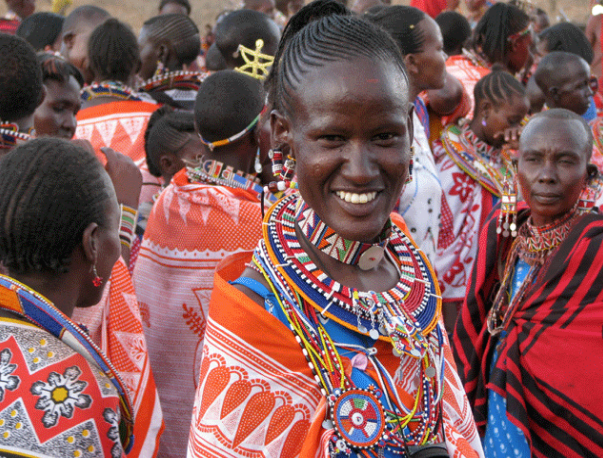There are two subtribes of Kenya’s Kamba community still thriving in the South American nation of Paraguay: Kamba Cua and the Kamba Kokue.
They were among the first slaves forced into the country during Spanish-colonial rule. When the Spanish took over in 1524, the first African slaves arrived shortly after in 1556.
According to Argentine historian José Ignazio Telesca, some slaves entered Paraguay “legally” through Buenos Aires, Montevideo, and Córdoba, Argentina. He says those who gained access illegally came from Brazil.
Telesca adds the population of Paraguay continued to increase and by 1811, 50 percent of the population identified as African descent, whether enslaved or free.
General Jose Gervasio Artigas of Uruguay was the first to recognize the Kamba tribe for their agility and military skills with spears, bows, and arrows when sought exile in Paraguay’s Itapua area.
They were eventually given 100 hectares of land in Campamento Loma, a suburb of the capital by then Paraguay ruler Jose Gaspar Rodriguez in an effort led by General Artigas. This area came to be known as Kamba Cua and those who settled there became farmers.
The community thrived and remained true to their Kenyan cultural roots until general Higinio Morinigi came to power in 1940. The Kamba Cua were stripped of their land and only had three of the original 100 hectares left.
Shortly after his rule, a new policy of defining Paraguay as completely “white” was adopted, and interracial marriage was encouraged to gradually dilute the presence of Black residents.
An informal census in 2009 estimates there are roughly 422 Kamba Cua and 385 Kamba Kokue families left.
They have guarded their culture for close to 200 years and still practice dairy farming and agriculture on their small plots of land as well as perform traditional dances.
Today, the Kamba Cua are using their dances and cultural practices to draw attention to their plight in public performances, advocating for equal economic and social rights while building an African identity.





